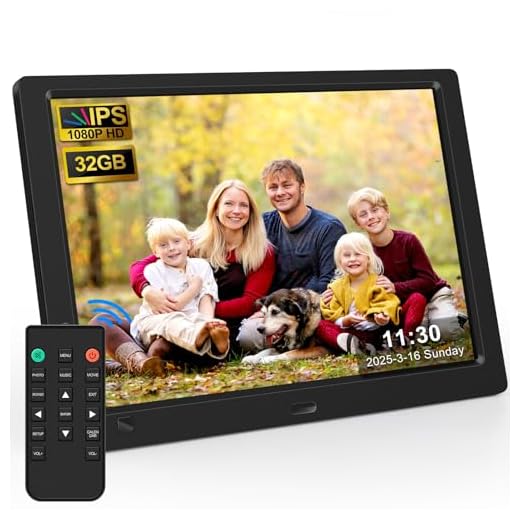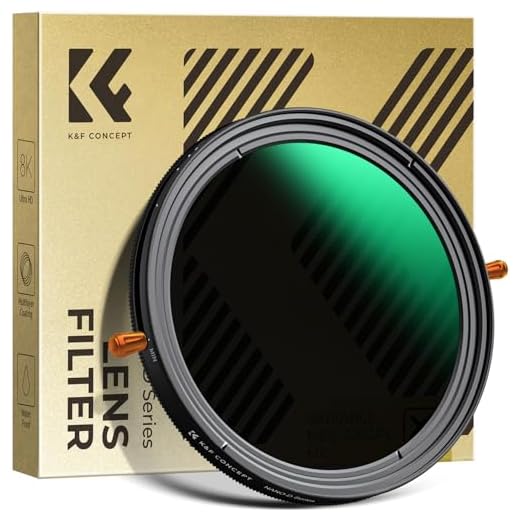




Have you ever wondered how a digital camera captures stunning images with just a click of a button? The magic lies in the intricate processes that take place inside the camera, transforming light into digital data. Understanding the inner workings of a digital camera can help us appreciate the technology behind our everyday photography adventures.
From the moment you press the shutter button to the final image on your screen, a series of fascinating steps occur within the camera’s body. Let’s delve into the world of pixels, sensors, lenses, and processors to uncover the secrets of how a digital camera brings your moments to life in vibrant detail.
Exploring the Inner Workings
A digital camera consists of various components that work together to capture and process images. Let’s take a closer look at the key parts inside a digital camera:
Image Sensor
The image sensor is a crucial component that converts light into electronic signals. It is made up of millions of photosensitive cells that capture light and create a digital image.
Processor
The processor is responsible for processing the electronic signals from the image sensor and converting them into a digital image file. It also controls various functions of the camera, such as autofocus and exposure settings.
| Lens | The lens gathers and focuses light onto the image sensor. It plays a key role in determining the quality and clarity of the final image. |
| Memory Card | The memory card stores the digital image files captured by the camera. It is essential for storing and transferring images to other devices. |
| LCD Screen | The LCD screen displays the captured images and allows users to preview and review their shots. It also provides a user interface for navigating the camera settings. |
The Lens and Light
The lens is a crucial component of a digital camera. It focuses light onto the image sensor, capturing the scene you want to photograph. Different lenses have different focal lengths and apertures, which affect how much light enters the camera and how the image appears.
Light plays a key role in photography. When you press the shutter button, light enters the camera through the lens and hits the image sensor. The sensor converts the light into digital signals, which are then processed to create the final image.
Image Sensor and Pixels
One of the key components inside a digital camera is the image sensor. The image sensor is a semiconductor device that converts light into electrical signals. There are two main types of image sensors used in digital cameras: CCD (Charge-Coupled Device) and CMOS (Complementary Metal-Oxide-Semiconductor).
CCD Sensor
A CCD sensor works by capturing light and converting it into electrical charge. The charge is then transferred to a processor for further processing. CCD sensors are known for their high image quality and low noise levels, making them popular in high-end digital cameras.
CMOS Sensor
A CMOS sensor works by converting light into voltage directly on the sensor itself. CMOS sensors are generally more power-efficient and cost-effective compared to CCD sensors. They are commonly found in consumer-level digital cameras and smartphones.
Both CCD and CMOS sensors are made up of millions of individual light-sensitive components called pixels. Each pixel is responsible for capturing a specific amount of light and converting it into an electrical signal. The number of pixels in a sensor determines the resolution of the final image. Higher resolution sensors can capture more detail and produce sharper images.
Processor and Image Processing
The processor in a digital camera is responsible for handling all the tasks related to capturing and processing images. It controls the overall operation of the camera, including adjusting settings, focusing, and capturing the image. The processor also plays a crucial role in image processing, where it processes the raw image data captured by the image sensor to produce a final image.
During image processing, the processor applies various algorithms to enhance the image quality, adjust brightness, contrast, color balance, and reduce noise. It also compresses the image to reduce file size without compromising image quality. Additionally, the processor may apply special effects, filters, or image adjustments based on the camera settings or user preferences.
Overall, the processor in a digital camera is essential for ensuring fast and accurate image processing, resulting in high-quality images that meet the user’s expectations.
Memory Card and Storage
The memory card is an essential component of a digital camera. It is used to store the photos and videos captured by the camera. Memory cards come in various sizes and formats, such as SD, microSD, and CompactFlash. The storage capacity of a memory card determines how many photos and videos can be saved on it.
When a photo is taken, it is saved to the memory card in a digital format. The camera’s processor processes the image data and writes it to the memory card. The speed of the memory card affects how quickly the data can be saved, especially when capturing multiple photos in rapid succession.
It is important to choose a memory card with sufficient storage capacity and speed to ensure that you can capture and store all your photos and videos effectively. Additionally, it is recommended to regularly transfer your files from the memory card to a computer or external hard drive to free up space and prevent data loss.
Shutter and Exposure
The shutter in a digital camera controls the amount of time that light is allowed to enter the camera and expose the image sensor. When you press the shutter button, the shutter opens for a fraction of a second to let light in. The length of time the shutter remains open is called the exposure time or shutter speed.
The exposure time determines how long light hits the image sensor, affecting the brightness of the image. A shorter exposure time produces a darker image, while a longer exposure time produces a brighter image. Shutter speed is measured in fractions of a second, such as 1/500, 1/100, or 1/10 of a second.
Shutter Speed
Shutter speed also plays a crucial role in freezing or capturing motion. A fast shutter speed, such as 1/500 or higher, can freeze fast-moving objects, while a slower shutter speed, like 1/30 or lower, can create motion blur effects.
Aperture and ISO Settings
In addition to shutter speed, exposure is also controlled by the camera’s aperture (the size of the opening through which light passes) and ISO settings (the sensitivity of the image sensor to light). These three elements work together to create a properly exposed image in different lighting conditions.
| Shutter Speed | Effect |
|---|---|
| Fast (1/500 or higher) | Freezes motion |
| Slow (1/30 or lower) | Creates motion blur |
Viewfinder and LCD Screen
The viewfinder on a digital camera allows you to frame your shot by looking through a small window on the camera body. It provides a direct view of what the camera lens sees, helping you compose your image accurately.
The LCD screen, located on the back of the camera, serves a similar purpose but displays a digital preview of the scene. It allows you to review your images, navigate through menus, and adjust settings. The LCD screen also provides a live view when shooting in modes like video or when using the camera’s screen as the primary framing tool.
FAQ
How does a digital camera work?
A digital camera works by capturing light through a lens and converting it into an electronic signal. The light passes through the lens and hits a sensor called a CCD or CMOS sensor, which converts the light into electrical signals. These signals are then processed by a digital image processor and stored as digital data on a memory card.
What are the key components inside a digital camera?
Inside a digital camera, you will find a lens, an image sensor (CCD or CMOS), a digital image processor, a memory card, and various control buttons and settings. The lens captures the light, the image sensor converts it into electronic signals, the processor processes the signals into a digital image, and the memory card stores the image data.








